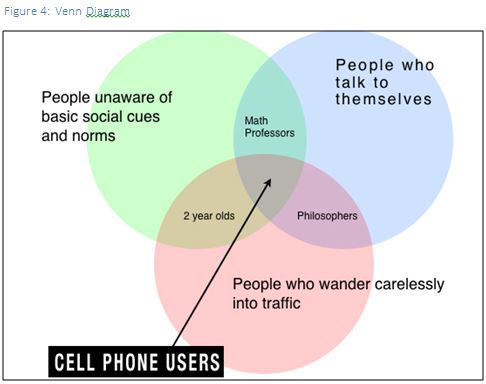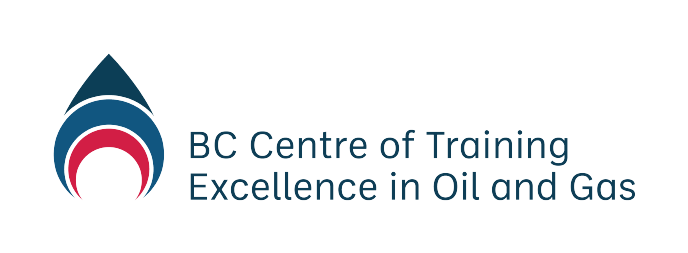-
Module 2.0 How to be Successful in this Course
-
Module 2.1 Introduction to Natural Gas
-
Module 2.2 The Natural Gas Industry in British Columbia
- Overview
- Learning Outcomes
- Natural Gas Science – The Simple Version
- Natural Gas Science – Chemistry
- Natural Gas Science – Physics
- Natural Gas Science – Units of Measurement
- Natural Gas Science – Geology
- Natural Gas Resources and Uses
- Oversight of the Natural Gas Industry
- Understanding Land Rights and Natural Gas
- Energy and the Future
-
Module 2.3 Upstream – Well Site Selection, Preparation and Drilling, Completion, Production, Water Recycling, and Reclamation
- Learning Outcomes
- The Upstream Sector – Extraction and Processing
- The Upstream Sector – Exploration and Site Selection
- The Upstream Sector – Preparation and Drilling
- The Upstream Sector – Completion
- The Upstream Sector – Production
- The Upstream Sector – Water Recycling
- The Upstream Sector – Reclamation
- Upstream Companies and Jobs in British Columbia – Companies
- Upstream Companies and Jobs in British Columbia – Industry Associations
- Upstream Companies and Jobs in British Columbia – Professional Associations
- New Vocabulary
-
Module 2.4 Midstream – Transportation, Processing, Refining
- Learning Outcomes
- The Midstream Sector
- The Midstream Sector – Processing Natural Gas
- The Midstream Sector – Liquefied Natural Gas
- The Midstream Sector – An Emerging Industry
- The Midstream Sector – Processing LNG
- The Midstream Sector – Proposed LNG Projects in British Columbia
- Transportation
- Midstream Companies and Jobs in British Columbia
-
Module 2.5 Downstream – Refining and Markets
-
Module 2.6 Health and Wellness in the Natural Gas Industry
-
Module 2.7 Safety
-
Module 2.8 Terminology and Communication
-
Module 2.9 Jobs and Careers
- Learning Outcomes
- Industry Outlook
- Technology is Changing Workforce and Skills
- Employment in the Natural Gas Industry
- Employment in the Natural Gas Industry – Types of Employment
- Employment in the Natural Gas Industry – Range of Jobs
- Employment in the Natural Gas Industry – High Demand Jobs and Occupations
- Occupational Education and Training
-
Module 3.0 How to be a Valued Employee
-
Module 3.1 Identifying Interests and Skills
-
Module 3.2 Looking for Employment in Natural Gas
-
Module 3.3 Applying for Employment in Natural Gas
What Are They? How are they Helpful?
Simply put, a Venn diagram is a visual representation of similarities and differences amongst sets of objects. Objects are things you want to compare such as people, cars, or jobs; similarities and differences are characteristics of each of the objects.
For example, Figure 5 shows and example of a Venn diagram showing three different groups of people:
- People who are unaware of basic social cues and norms
- People who talk to themselves.

- People who wander carelessly into traffic
Types of people in the groups are also shown e.g., math professors, two-year-olds, and philosophers. Where the circles overlap it indicates something common between the people and their characteristics. In other words, the space between the overlapping circles represents similarities or common elements between objects.
In the example, the three circles overlap around cell phone users . This means that the common characteristic of all three groups of people is that they all use cell phones.
Learning Activity 6: Identify Multiple Careers and Jobs
 In this learning activity, you will use a Venn diagram and information from the WorkBC website to help you identify skills that are common to more than one job. By doing so, you will be able to see how the skills that you have can lead to multiple career paths.
In this learning activity, you will use a Venn diagram and information from the WorkBC website to help you identify skills that are common to more than one job. By doing so, you will be able to see how the skills that you have can lead to multiple career paths.
Instructions
- Working in small groups, create a Venn diagram to compare the skills required by two or three different jobs.
- Select the jobs from the WorkBC website, or from the list you made earlier. Select the skills from the “Duties” section for each job. Try to include skills that you may already have.
- See how many skills you can find that overlap between the jobs. This will help you identify which skills sets may qualify you for more than one potential career path.
